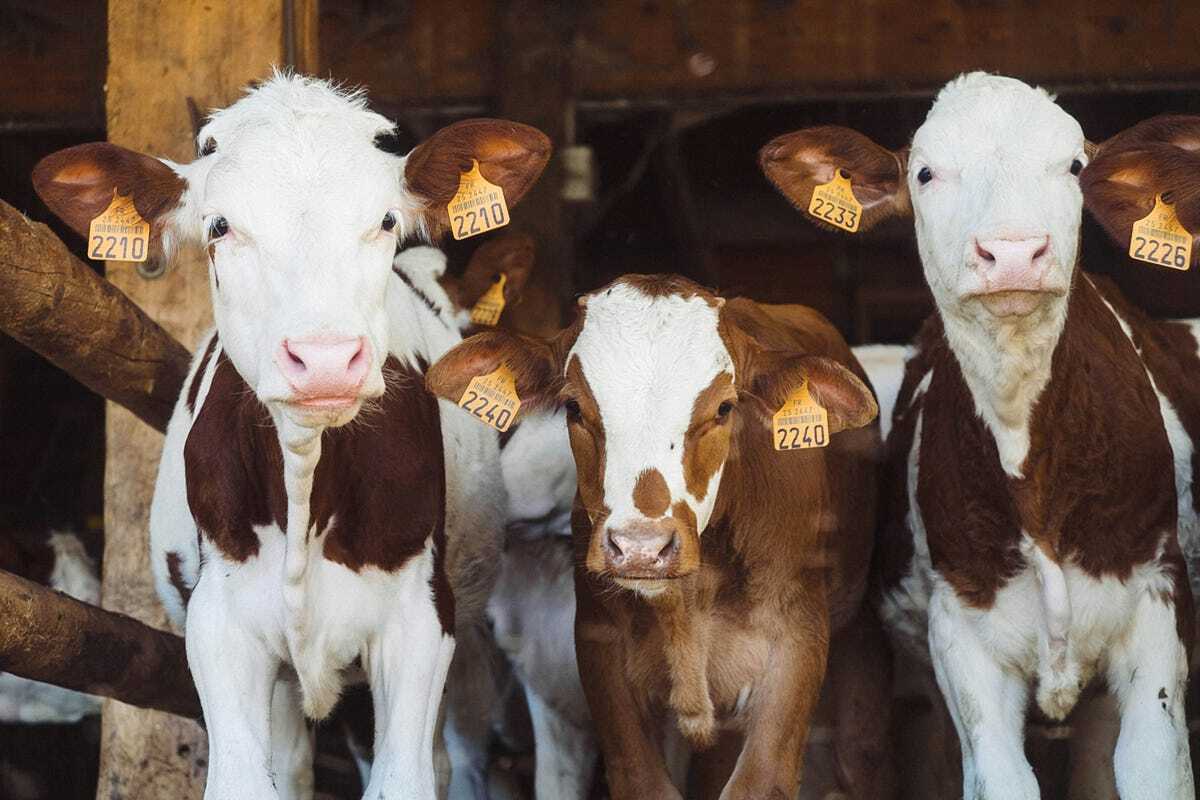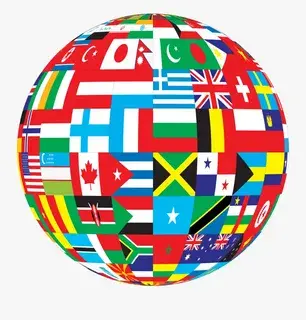- 41 Posts
- 3 Comments


deleted by creator


Ground beef prices are lower in the USA compared to New Zealand due to government subsidies for grain production, which makes it cheaper for American cattle to be grain-fed. In contrast, New Zealand has eliminated agricultural subsidies, so their cattle are primarily grass-fed[3].
Specifically:
-
In the USA, grain farmers receive heavy government subsidies, artificially driving down grain prices. This makes it economical for large cattle operations to feed grain to their animals[2].
-
New Zealand is an island nation, so it is not feasible to ship in large amounts of grain to feed cattle. It makes more economic sense for them to raise cattle on grass[2].
-
The USA’s indirect farm support programs, like buybacks and checkoffs, aim to boost demand for meat, thereby raising its price. However, these subsidies only slightly lower grain costs[3].
-
Nations that have eliminated farm subsidies, like New Zealand, have not seen rising meat prices or declines in meat consumption after removing subsidies[3].
So in summary, while both countries produce grass-fed beef, the availability of cheap grain through subsidies allows American producers to offer ground beef at lower prices compared to New Zealand’s grass-fed beef, which lacks the same level of government support[1][2][3].
Citations: [1] http://newzealmeats.com/blog/nz-grass-fed-beef-high-quality/ [2] https://www.folsompointnutrition.com/blog/new-zealand-argentinian-and-american-liver-supplements-what-are-the-differences [3] https://faunalytics.org/why-is-meat-so-cheap/ [4] https://www.reddit.com/r/newzealand/comments/omxum2/why_red_meat_is_getting_more_expensive/ [5] https://en.wikipedia.org/wiki/Agriculture_in_New_Zealand
-


new zealand is much much different, they have almost no factory farms, this is not a global study, it was specifically the usa, thanks for the comment though


























The Luddites were right to be upset at technology because the rapid introduction of automated textile machinery directly threatened their livelihoods and the economic stability of their communities. Skilled workers who had long relied on their craft were suddenly replaced by cheaper, less skilled labor operating new machines, leading to mass unemployment, falling wages, and widespread poverty. The new factory system also undermined established labor practices, eroded job security, and forced workers into harsher conditions for lower pay, all while the government and factory owners prioritized profit over workers’ well-being. Their protests were not against technology itself, but against the way it was used to exploit labor and destabilize traditional ways of life without offering protections or fair compensation to those displaced.